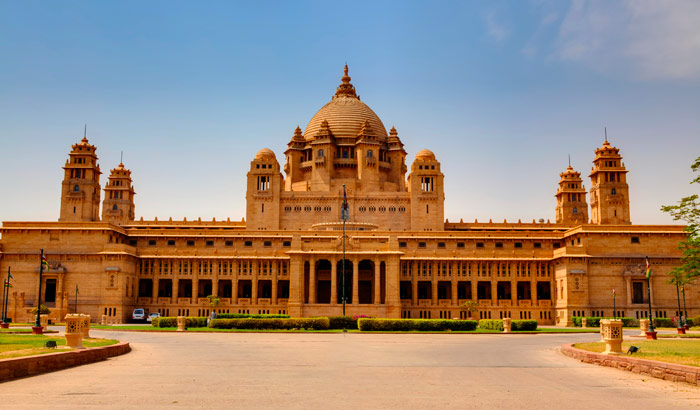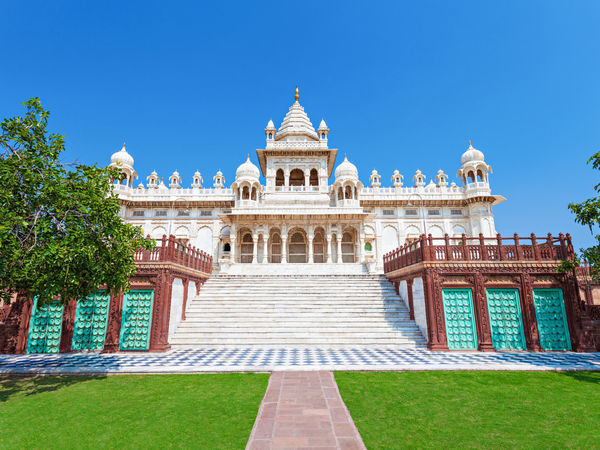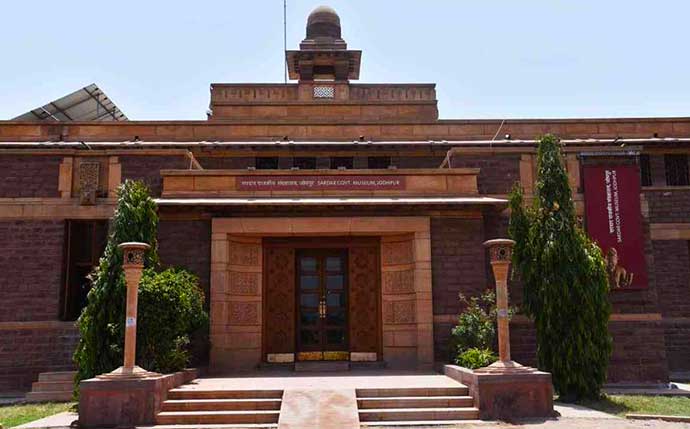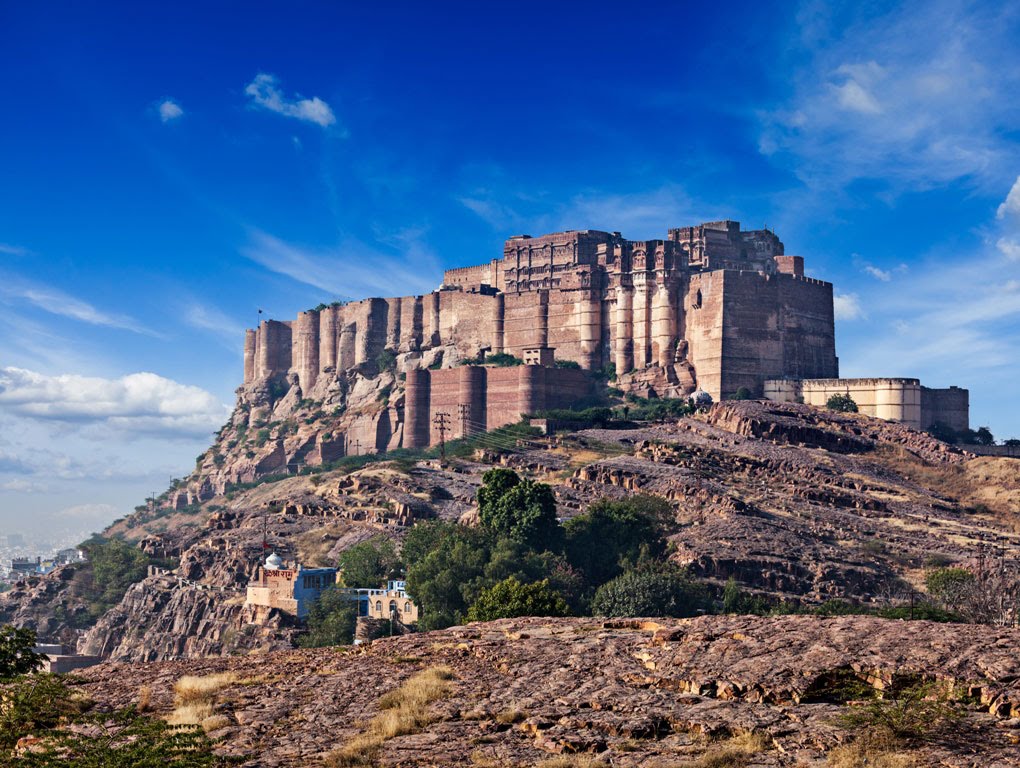The vibrant Clock Tower and Sadar Market area in Jodhpur is a bustling hub of culture, history, and shopping. Located in the heart of the Blue City, this lively market and its iconic clock tower are a must-visit for anyone looking to experience the authentic charm of Rajasthan. Here’s everything you need to know to plan your visit.
Location
The Clock Tower, locally known as Ghanta Ghar, is situated in the center of Sadar Market in Jodhpur, Rajasthan. The area is surrounded by narrow lanes lined with shops, street food stalls, and colorful handicrafts. It is easily accessible from all parts of the city.
How to Reach
By Air: Jodhpur Airport is about 6 km from the Clock Tower. Taxis and auto-rickshaws are readily available.
By Train: Jodhpur Junction is just 2 km away. A short auto ride will get you to the market.
By Road: Sadar Market is well-connected by road. You can drive, hire a cab, or take a local bus to reach the Clock Tower area.
History of Clock Tower
The Clock Tower was built by Maharaja Sardar Singh in the late 19th century, during the era of British influence in India. The structure served as both a timekeeper and a landmark, symbolizing the modernization of Jodhpur while preserving its cultural roots. Over the years, it has become a focal point for trade and tourism in the city.
Top Attractions at Clock Tower and Sadar Market
Clock Tower (Ghanta Ghar)
This historic structure, with its intricate design and colonial charm, is the centerpiece of the market. Climb the tower (if access is allowed) for panoramic views of the bustling market and surrounding cityscape.
Sadar Market
Known for its colorful vibe, Sadar Market is one of the oldest markets in Jodhpur.
Shop for traditional Rajasthani handicrafts, textiles, spices, jewelry, pottery, and leather goods.
Don’t miss the famous Makhaniya Lassi, a sweet yogurt drink, and other local delicacies.
Street Food Paradise
Sadar Market is a foodie’s delight. Savor authentic Rajasthani snacks like kachoris, samosas, and mirchi vadas (spicy chili fritters).
Handicraft Emporiums
Explore small shops selling block-printed fabrics, handwoven rugs, and camel leather products. The market is also famous for Mojari (Rajasthani-style shoes).
Local Artisans
Watch artisans at work, creating exquisite items like silver jewelry and brassware.
Interesting Facts for First-Time Visitors
Best Time to Visit: October to March is ideal due to pleasant weather. Early mornings or late afternoons are the best times to explore the market.
Bargaining: Bargaining is common and expected. Don’t hesitate to negotiate prices while shopping.
Cultural Insight: The market gives a glimpse of Jodhpur’s vibrant lifestyle, with locals dressed in traditional attire.
Tips for Visiting
Carry cash, as many small vendors don’t accept cards or digital payments.
Wear comfortable footwear; the market involves a lot of walking.
Stay hydrated, especially during the warmer months.
Be cautious of your belongings in crowded areas.
Try to hire a local guide to learn more about the history and significance of the Clock Tower and the market.
Nearby Attractions
Mehrangarh Fort (2.5 km): A magnificent fort offering stunning views of the Blue City.
Jaswant Thada (3 km): A serene marble cenotaph built in memory of Maharaja Jaswant Singh II.
Toorji Ka Jhalra (1.5 km): A historic stepwell and architectural marvel.
Why Visit Clock Tower and Sadar Market?
A trip to Jodhpur is incomplete without visiting the Clock Tower and Sadar Market. The vibrant mix of history, culture, and shopping makes it a sensory delight for travelers. Whether you’re a history buff, a shopaholic, or a foodie, this spot has something for everyone.
Pack your bags, head to the heart of Jodhpur, and lose yourself in the colors, sounds, and flavors of this iconic destination!





